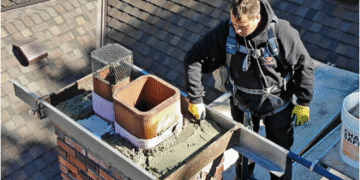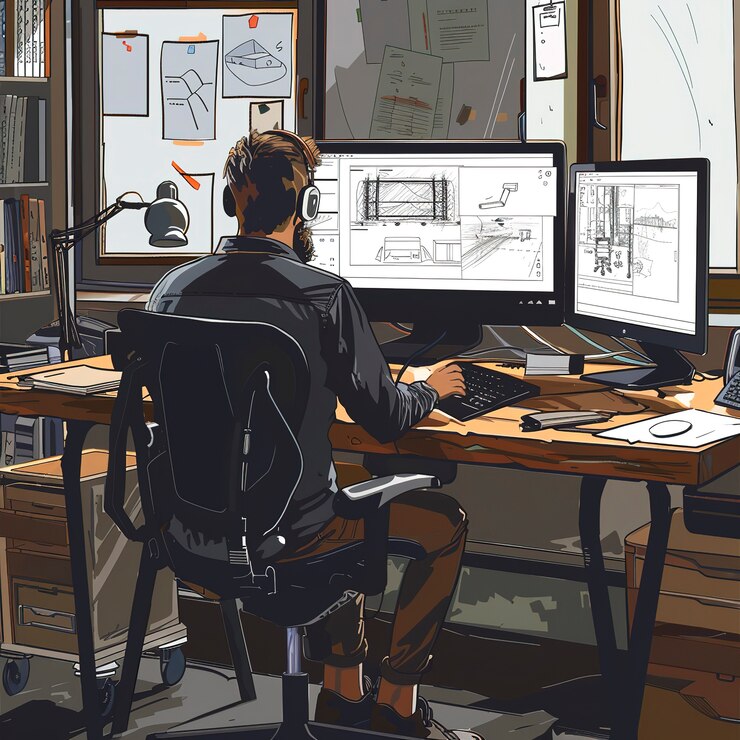Shoes that you acquire should carry a lasting quality. New pairs of shoes unfortunately break down before their natural expected life. Fast shoe deterioration stems from poor materials together with weak stitching and insufficiently strong soles. Manufacturers and sellers of shoes need to resolve all existing quality problems. People seek comfortable shoes designed to maintain their service life. In this guide, I will explain some shoe quality challenges and their fixing defects to ensure durability.
Defective Products Hurt Business
Customers who purchase footwear primarily seek out products which both provide them comfort and possess enduring durability. The customers experience frustration because of the defective shoe products they receive. A few wearing sessions typically result in the breakdown of certain shoe models. Three common shoe defects consist of weak soles with uneven stitching and loose glue.
Above all, unsatisfactory shoe products from your store cause customers to stop trusting your brand. Reputational damage occurs from receiving negative customer reviews. So, a preventive measure to this scenario involves inspecting products for flaws before finishing sales.
Common Shoe Defects:
- Some stitches are absent from the shoe, which weakens its material structure and increases its chance of separation.
- Unsmooth stitching happens when a producer uses inconsistent tension and length, which makes the shoe look unprofessional and lowers its lifespan.
- The presence of loose threads creates an outcome of unfinished shoes, which reduces their durability because it accelerates wear and tear throughout time.
- The application of an excessive amount of glue causes an unpleasant appearance by creating messy finish lines that also weakens component adhesion.
- Insufficient build-up of materials inside footwear produces both discomfort and speeded up surface deterioration.
- Shoes appear of lower quality when their edges are rough and asymmetric or when cuts and designs are uneven.
- Shoes with abrasions appearing as scuffs or scratches present as prematurely damaged before purchase, which causes customers to feel disappointed with their purchase.
Material Quality Matters
Shoe lifespan depends on the type of materials used in their construction. Cheap leather cracks fast. Weak fabric tears easily. Thin soles wear out quickly. Materials with superior quality strengthen shoes. The longevity of shoes increases when you select real leather together with thick rubber, as well as strong fabric materials. All materials you use for making shoes need proper testing before application. Figuring out material quality through testing makes sure that products last longer and offer comfort to users.
Every material shows a unique character when it comes to endurance. Genuine leather stands stronger against breaking compared to synthetic leather, which shows shorter lifespans. Rubber soles have better grip features and they maintain their durability longer than plastic soles could achieve. The superior quality cushions in the foam enable foot comfort while avoiding painful conditions. Correct selection of materials helps organizations lower their defect rates and obtain better customer satisfaction results.
Manufacturing Defects Lead to Returns
Poor manufacturing methods during shoe production cause most footwear defects. The vulnerability of shoes originates from inferior stitching and weak glue as well as misaligned heel and foreparts. The hurried factory production results in defective products. Strict guidelines which factories must follow result in no defects appearing during manufacturing. Before delivery, customers can buy the shoes. So, the business needs to inspect each product batch to minimize complaints. Every pair of products produced through an effective manufacturing process must adhere to quality specifications.
Customer Complaints Increase When Quality Drops
The company accepts defective shoes from buyers who want replacements. People additionally publish negative feedback about their experiences on the internet. An excessive number of grievances will damage how your brand is perceived by the market. Customers wish to receive substantial value from their currency transactions. The purchase of subpar footwear from consumers will result in one-time spending and prevent future purchases. Preferential screenings of shoes should occur ahead of store deliveries to decrease customer complaints. So, the shoes should be properly fitted to customers while maintaining high manufacturing standards.
Customer reviews influence buying decisions. Multiple negative reviews begin when one customer receives a faulty shoe. Through digital channels, negative customer feedback can rapidly multiply to hurt the overall brand fairness perception of customers. You should establish a strong customer service policy to stop this issue.
What Causes Defective Shoes?
Several things can lead to shoe defects. Poor-quality materials make shoes weak. Bad stitching can cause them to come apart. Rushed production leads to uneven sizing and misaligned parts. If workers lack training, mistakes happen. Sometimes, storage conditions affect shoe quality. High humidity can damage materials before shoes are even sold. Identifying these problems early can help prevent defects.
How to Ensure Shoe Durability
Using strong materials at its core makes footwear durable. Buy leather or rubber materials of top-notch quality and fabric as alternatives. All workmanship on glue and stitching must face strict quality checks for security. Sellers need to check shoe materials by stretching and bending before putting them up for purchase. Proper storage is also important. Shoes will stay in good condition when stored in areas which are dry. Testing materials regularly allows you to sustain product longevity.
To enhance shoe durability, you should follow these useful steps:
- You should choose quality materials by requiring suppliers to deliver resilient leather, rubber, and fabric to your business.
- To strengthen the piece, we should apply reinforced stitching approaches.
- A test sequence should be performed on shoes before shipping, through flexibility examinations, water resistance and abrasion tests.
- It is essential to monitor storage environments because this helps shoes avoid premature damage.
- Most importantly, pack your shoes only in high quality customized shoe packaging wholesale for the best protection while storage and transit.
What Impacts Brand Reputation?
A business builds better sales performance through a good reputation. Customers will lose their trust in a brand whenever they receive poor quality products. You know negative reviews spread fast. So, marketing brands with defective quality standards inevitably drives away customers from their products. Your reputation stays intact when you concentrate on producing high-quality products. Above all, your business needs to examine raw materials, followed by manufacturing enhancement and the solution of quality problems before product distribution. The satisfaction of your customers results in new customer acquisition, which maintains the strength of your business infrastructure.
Bottom Line
Shoe quality matters. The combination of poor materials and flawed stitching techniques during hurried manufacturing causes defects in products. The durability of customers’ footwear represents a fundamental requirement, so dissatisfaction arises when they do not receive satisfactory lifespan from their shoes. Constructing shoes with strong materials along with testing processes will help prevent problems, which can be enhanced by better manufacturing practices. Efforts to maintain a positive reputation rest on delivering superior quality footwear to clients. By delivering high-quality products, your audience develops faith in your brand. Better quality control in combination with skilled workforce and robust materials investments will increase your business strength and develop enduring customer faith.
Read More: Elevate Your Fundraiser Look How to Wear Moldavite Jewelry























